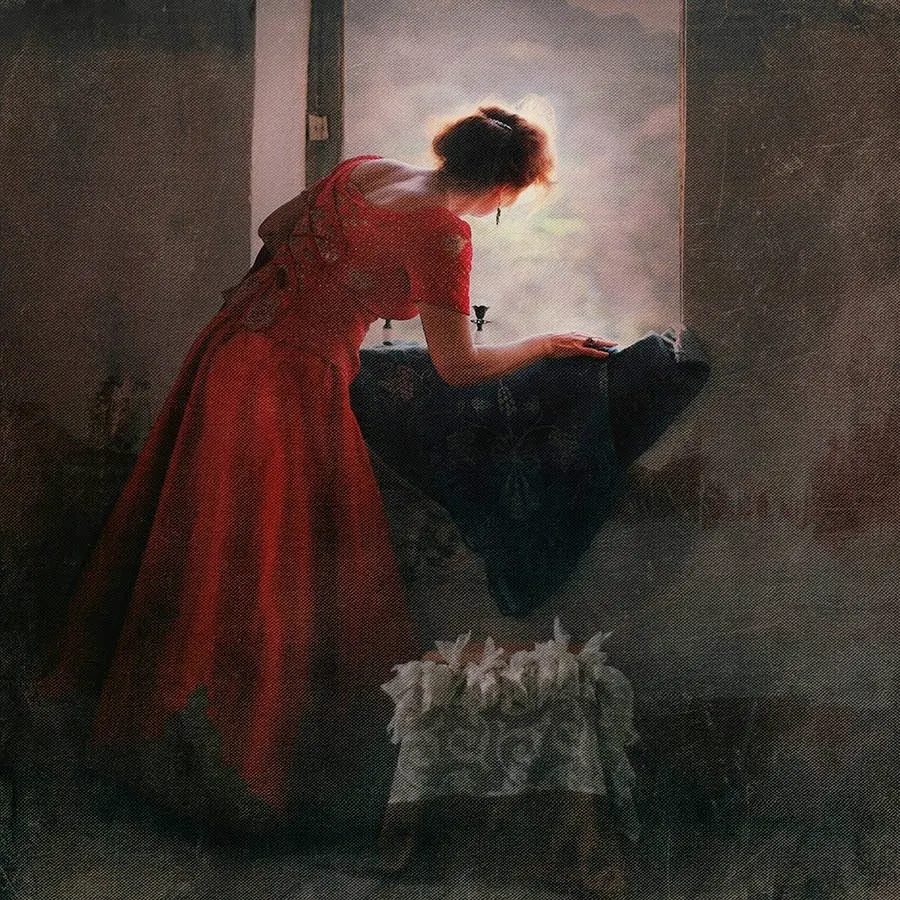"In life everything seems to be very complicated untill you reach the big exploration that the truth lies in simplicity, the obvious, like nature, the sound, the love. And likewise in my painting".
Dick Pieters worked eighteen months on this portrait of his wife Corrie and himself in a boat on a river. If you stand close to the painting, you can see that it has been painted dot by dot, with almost scientific precision.
Only when you stand further away will the whole image reveal itself. Pieters applied layer after layer (sometimes as much as eight layers) to achieve this impressive effect.
Each layer had to dry first before the next could be applied. Pieters painted the simple moments of happiness.
'Searching all your life for the deepest sources and then discovering that the truth lies in simple things, in the obvious, such as nature, sound, love…,' is how the artist explained his development.

.jpg)
.jpg)












.jpg)
.jpg)


